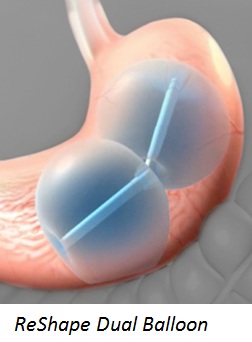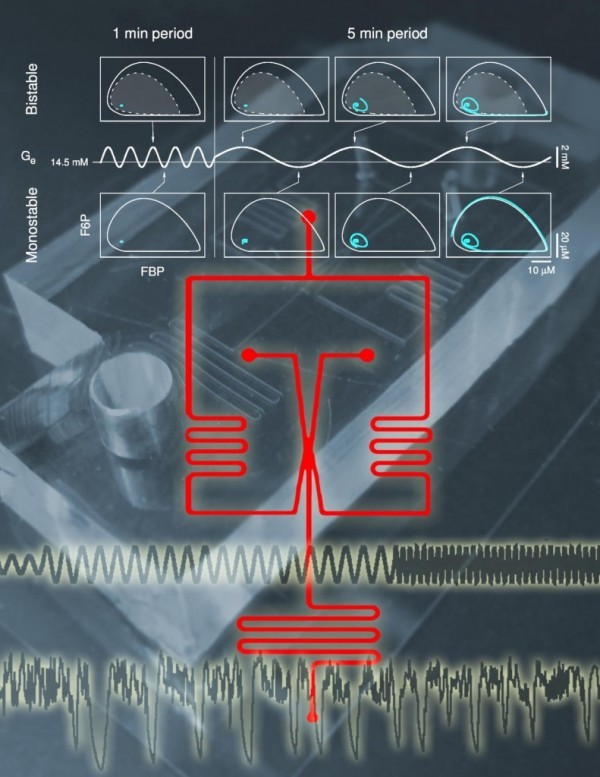October 2008 - Mayo Clinic researchers have found what may provide a solution to one of the more troubling complications of diabetes -- delayed gastric emptying or gastroparesis. The researchers showed in animal models that a red blood cell derivative increases production of a key molecule, normalizing the digestive process. The findings appear in the current online issue of the journal Gastroenterology (http://www.gastrojournal.org/).
Gastroparesis occurs when the stomach retains food for longer periods. When that food eventually passes into the small intestine, insulin is released. Because the passage of food out of the stomach becomes unpredictable, maintaining a proper blood glucose level -- critical for controlling diabetes -- also becomes difficult. Gastroparesis can cause pain, nausea, vomiting, stomach spasms and weight loss due to inadequate absorption of nutrients. The abnormally high blood glucose levels cause chemical changes in nerves and in pacemaker cells which regulate digestive processes in the gut, and damage blood vessels that carry oxygen and nutrients to cells.
"If these data are confirmed in humans, it may point toward a treatment for this difficult problem," says Gianrico Farrugia, M.D., Mayo Clinic gastroenterologist and senior author on the study. "Our goal is to normalize gastric emptying and therefore improve a patient's quality of life and glucose control."
Science Behind the Findings
Previous studies in animals and humans showed that two aspects of gastroparesis were: 1) loss of Kit, a marker for interstitial cells of Cajal (ICC), and 2) loss of expression of neuronal nitric oxide synthase (nNOS). ICC cells produce electrical signals that regulate muscle contraction in the digestive tract. nNOS generates nitric oxide, which transmits nerve impulses in the digestive tract. Both are important for normal functioning but can be depleted by oxidative stress (an imbalance in ionic charges at the molecular level), a problem common in diabetes that also can lead to heart and kidney damage.
Continue Reading Below ↓↓↓
The research team decided to test a molecule known to protect cells against oxidative injury -- heme oxygenase-1 (HO1). The team measured gastric emptying in a set of diabetic mice and then looked at expression of HO1. Results showed that production of HO1 was lost in all mice with gastroparesis and nNOS expression was decreased. When the team induced HO1 production by introducing hemin, a red blood derivative, gastric emptying returned to normal and Kit and nNOS expression were restored, despite the diabetes. The team says that future research should target the HO1 pathway as a means of reversing the affects of diabetic gastroparesis.
Others researchers were Kyoung Moo Choi, Ph.D.; Simon Gibbons, Ph.D.; Tien Hguyen; Gary Stoltz; Matthew Lurken; Tamas Ordog, M.D.; and Joseph Szurszewski, Ph.D., all of Mayo Clinic. The research was funded by the National Institutes of Health.
Source: Mayo Clinic











